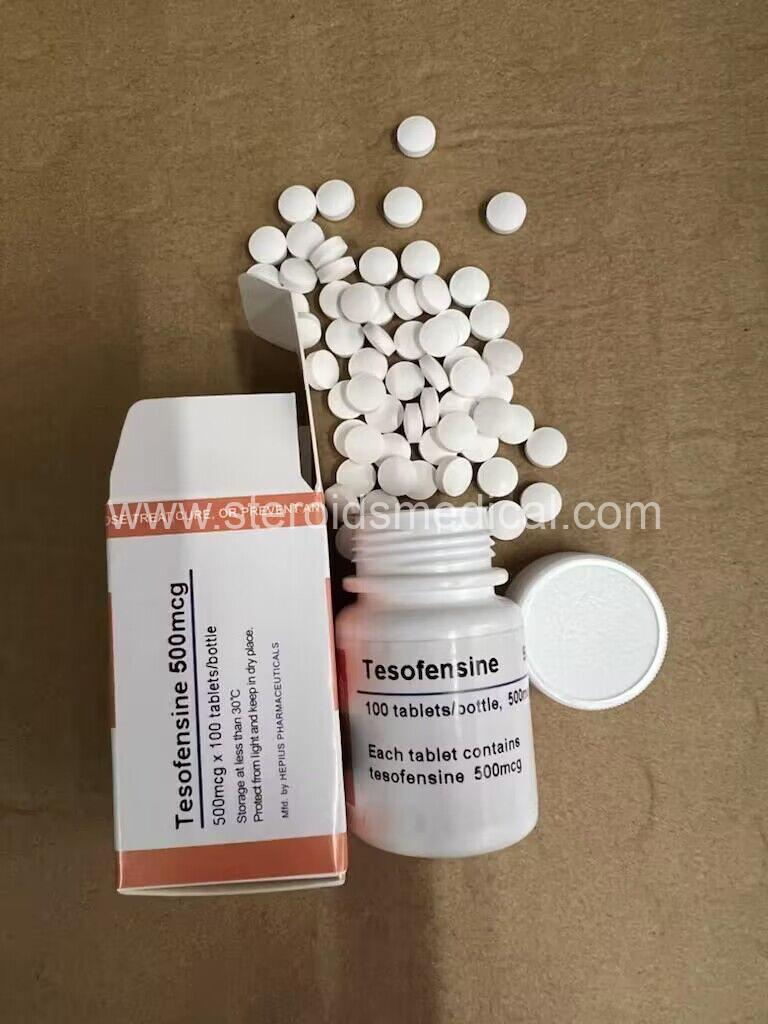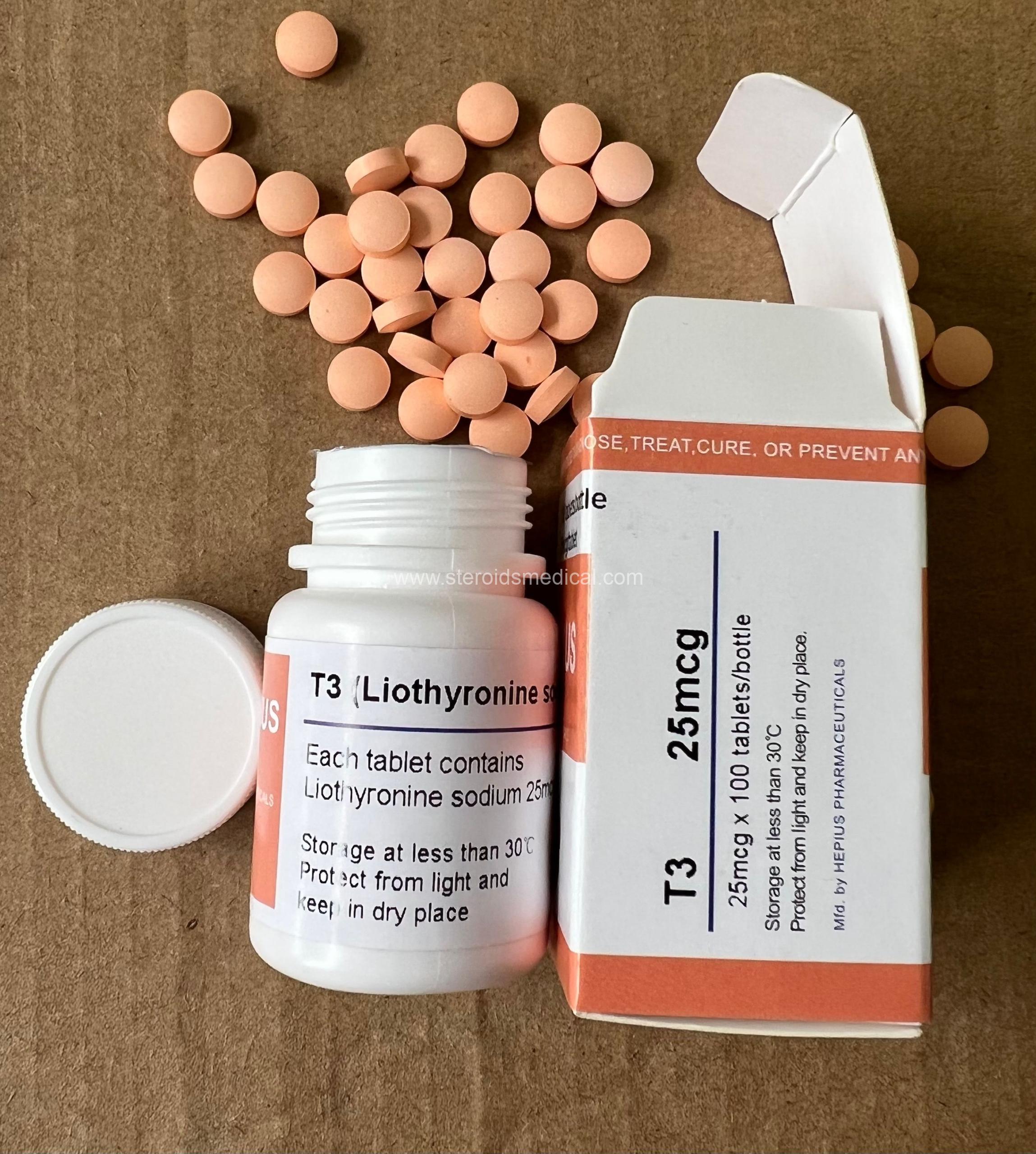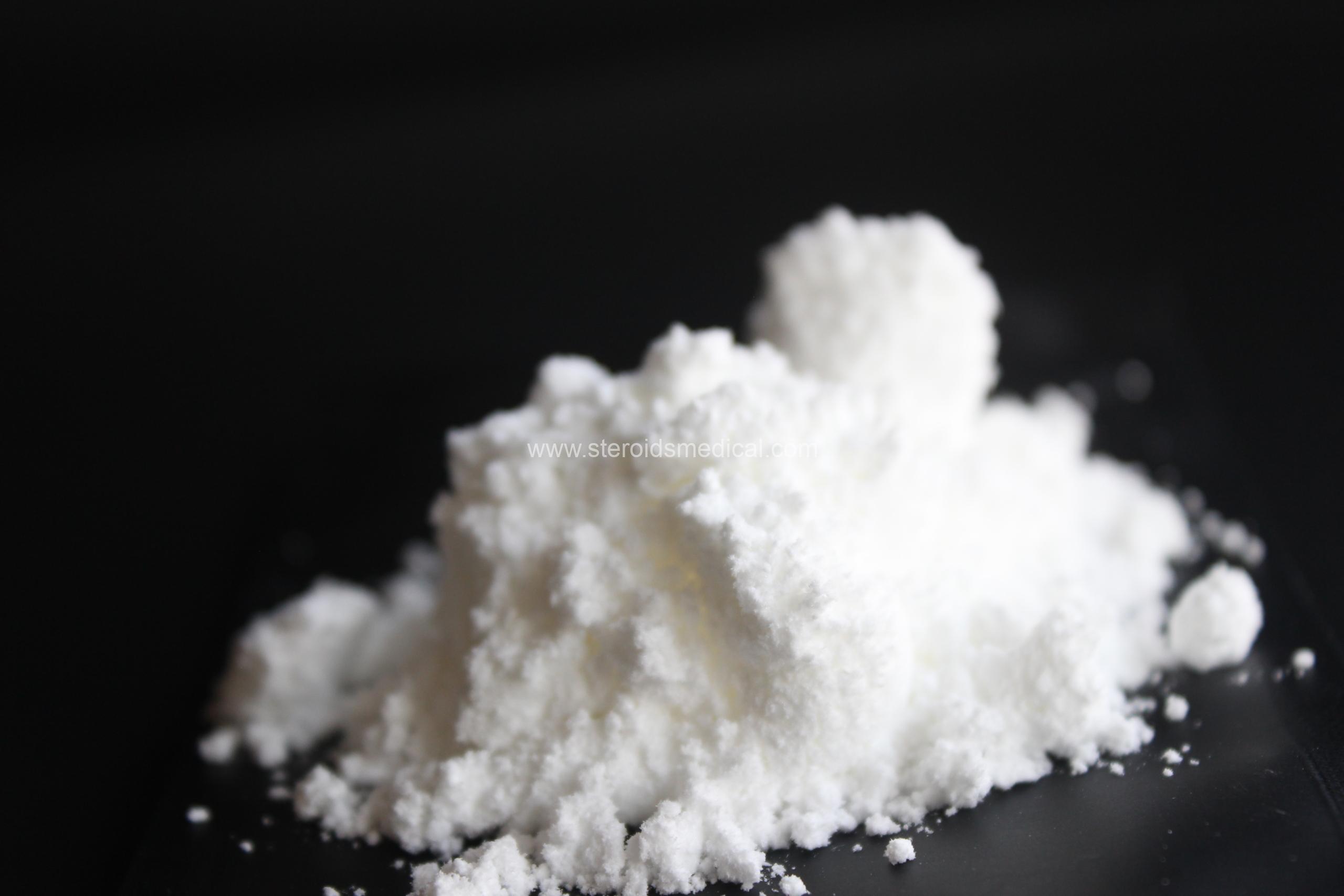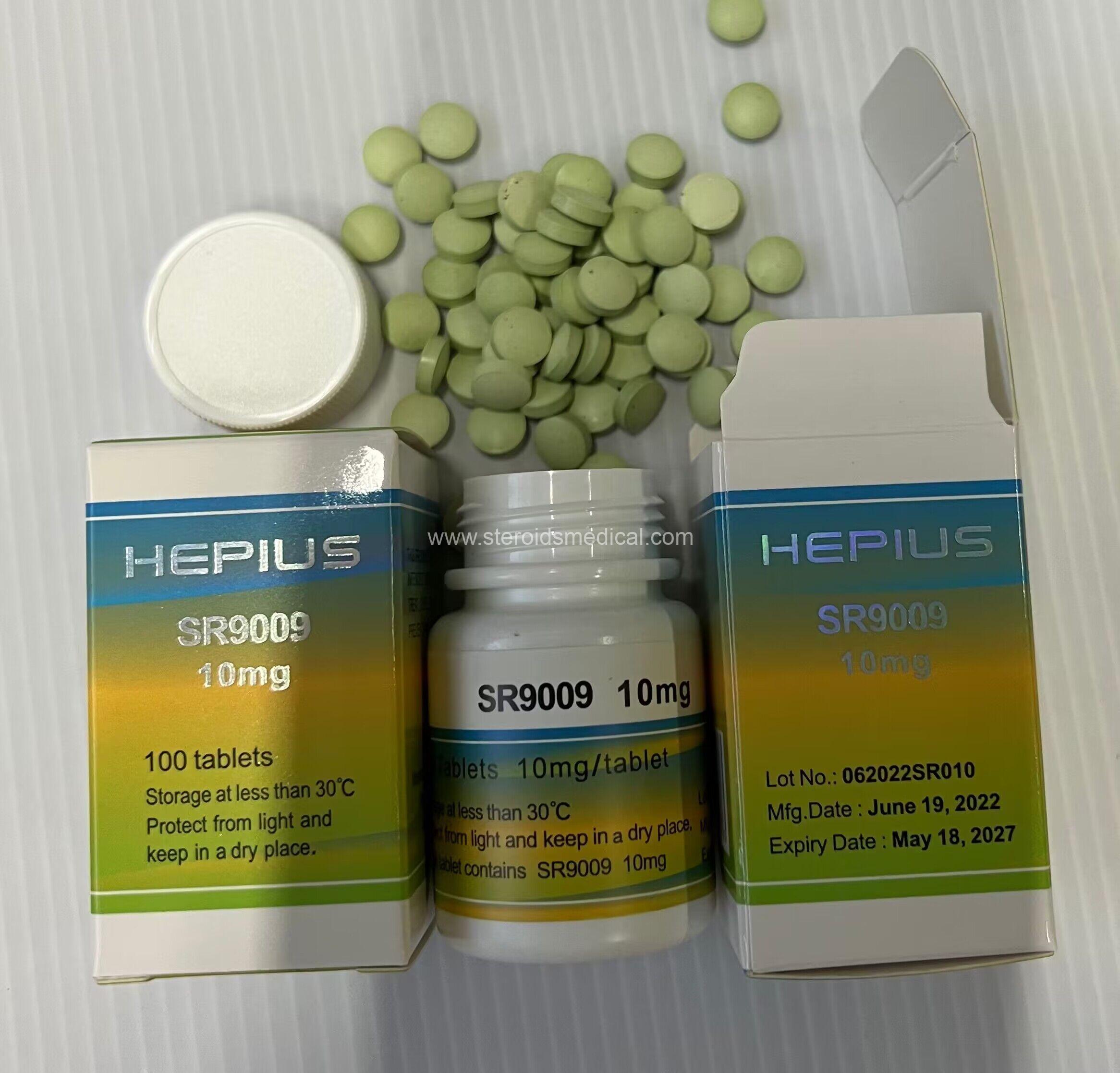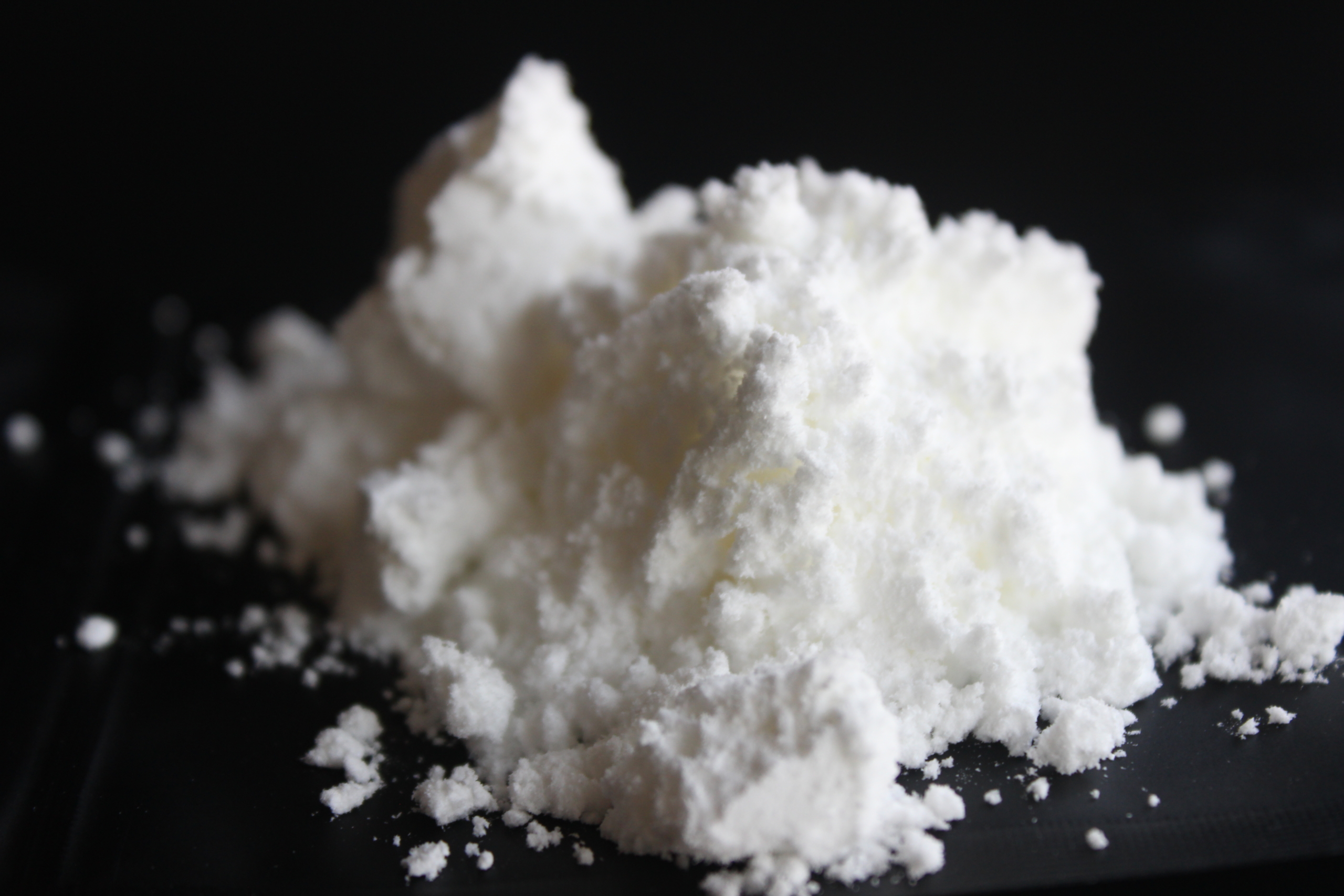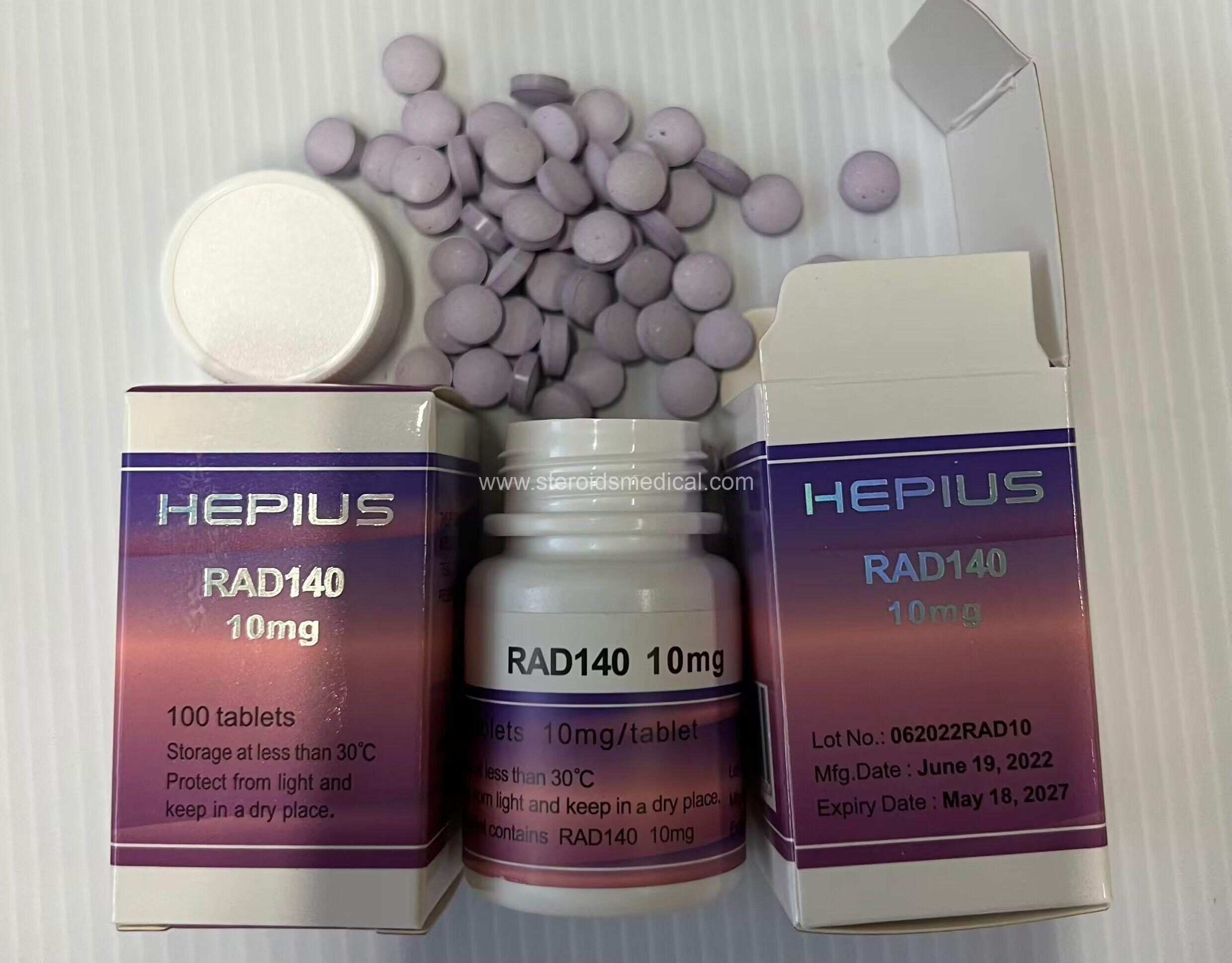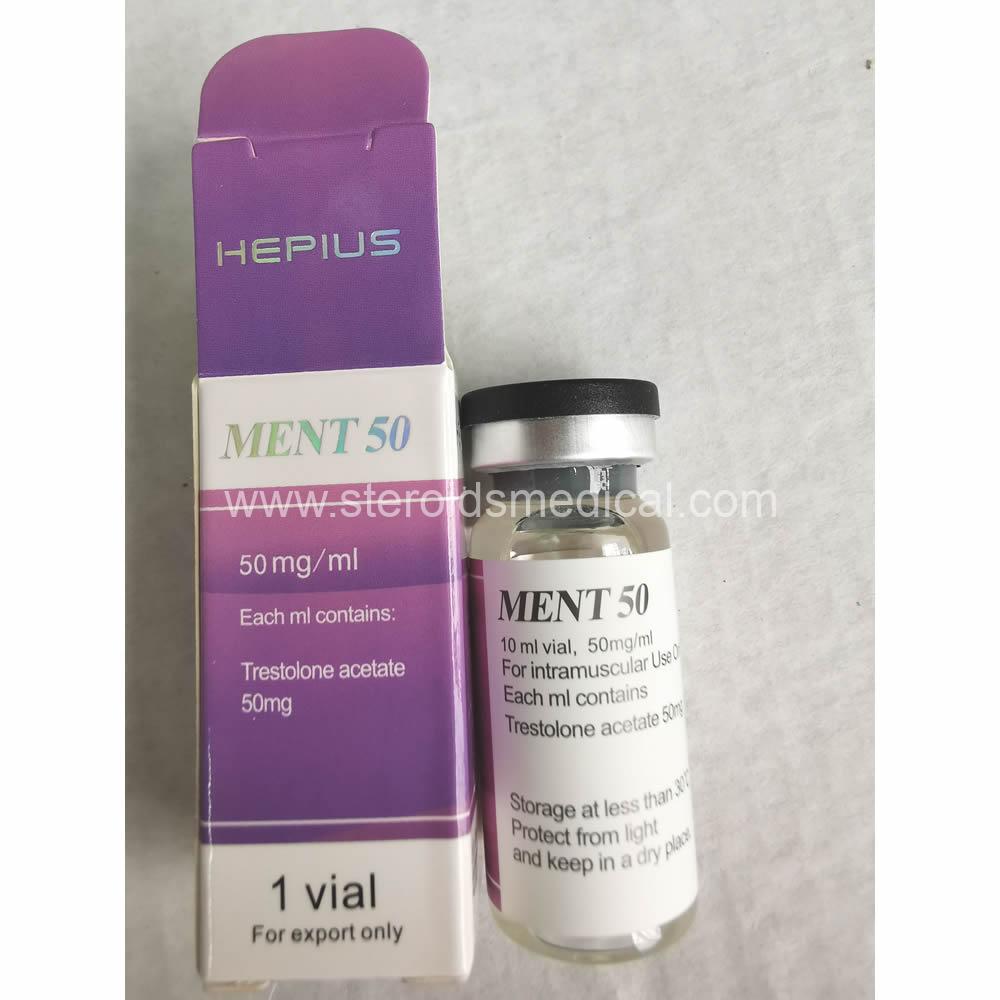Product introduction:
LGD-4033, also known as Ligandrol, is a selective androgen receptor modulator (SARM) that is currently being researched for its potential therapeutic applications in conditions such as muscle wasting and osteoporosis. Here are some considerations if you are curious about its use:
Mechanism of Action: LGD-4033 selectively binds to the androgen receptors in muscle and bone tissues, leading to anabolic (muscle-building) effects without the undesirable androgenic (e.g., hair loss, acne) effects associated with traditional anabolic steroids.
Dosage: The typical dosage of LGD-4033 for research purposes and in some clinical trials is around 10mg per day. It’s important to note that dosages may vary based on the specific study protocol or individual response, and higher doses are not recommended due to potential risks.
Administration: LGD-4033 is usually administered orally in tablet form. It has a relatively long half-life, which allows for once-daily dosing.
Potential Benefits: Research suggests that LGD-4033 may help increase lean muscle mass, improve strength, and potentially aid in recovery from injuries or muscle-wasting conditions. However, its long-term safety and efficacy are still being evaluated, and it is not approved for medical use in most countries.
Side Effects: While LGD-4033 is generally considered to have a favorable side effect profile compared to traditional steroids, it can still cause mild suppression of natural testosterone production. Other potential side effects may include headaches, nausea, and fatigue. Long-term studies are needed to fully understand its safety profile.
Legal Status: LGD-4033 is not approved for medical use by regulatory agencies. It is classified as an investigational new drug and is primarily used in research settings or under clinical trials.
Consultation: If you are considering using LGD-4033 or any SARM, it is crucial to consult with a healthcare provider who is knowledgeable about these substances. They can provide guidance on potential risks, monitoring, and legal considerations.
Post-Cycle Therapy (PCT): Due to its potential to suppress natural testosterone levels, some users may choose to implement a post-cycle therapy regimen after using LGD-4033. This may involve using substances like SERMs (selective estrogen receptor modulators) to help restore hormone levels.
It’s important to emphasize that using LGD-4033 outside of clinical trials or research settings is not recommended due to the lack of long-term safety data and potential legal implications. Always prioritize safety and consult with healthcare professionals before considering any experimental or unapproved treatments.
How to use it?
If you are considering using LGD-4033 (Ligandrol), it’s crucial to approach its use with caution and under the guidance of a qualified healthcare provider. Here are some general guidelines based on current research and best practices:
Consultation with a Healthcare Provider: Before starting LGD-4033 or any SARM, consult with a healthcare provider who is knowledgeable about these substances. They can evaluate your medical history, discuss potential risks and benefits, and provide personalized guidance.
Dosage: The typical dosage of LGD-4033 used in clinical trials and research settings is around 10mg per day. This dosage is usually taken orally as a tablet. Dosages higher than 10mg per day are not recommended due to increased risks of side effects and potential long-term health implications.
Cycle Length: LGD-4033 cycles typically last between 8 to 12 weeks. Longer cycles may increase the risk of side effects and suppression of natural testosterone production. It’s important not to exceed recommended cycle lengths to minimize potential harm.
Monitoring: During the cycle, it’s important to monitor your health regularly. This may include checking blood pressure, liver enzymes, lipid levels, and testosterone levels. Regular visits to your healthcare provider can help detect any adverse effects early.
Post-Cycle Therapy (PCT): After completing a cycle of LGD-4033, some individuals may choose to undergo a post-cycle therapy regimen to help restore natural testosterone production. This may involve using substances like SERMs (selective estrogen receptor modulators) such as tamoxifen (Nolvadex) or clomiphene (Clomid). PCT should be based on individual needs and discussed with a healthcare provider.
Supportive Measures: To enhance the safety and effectiveness of LGD-4033 use, consider implementing supportive measures such as:
- Liver Support: Using liver support supplements such as milk thistle or N-acetylcysteine (NAC) to help protect liver function.
- Hydration: Ensuring adequate hydration to support kidney function and overall health.
- Healthy Lifestyle: Maintaining a balanced diet and regular exercise regimen to optimize the benefits of LGD-4033.
Legal Considerations: LGD-4033 is not approved for medical use by regulatory agencies like the FDA in many countries. Its use outside of clinical trials or research settings may have legal implications. Ensure compliance with local laws and regulations.
Side Effects: Be aware of potential side effects associated with LGD-4033, which may include mild suppression of natural testosterone production, headaches, nausea, and fatigue. If you experience any concerning symptoms, discontinue use and seek medical advice.
Remember, the information provided here is for educational purposes and should not replace personalized medical advice. Always consult with a healthcare provider before starting any new supplement or medication, especially one like LGD-4033 that is not approved for medical use.
Please:
If you have any other needs or questions, please contact us at anywhere anytime.
You may chat online or send E-mail to us: steroidsmedical@protonmail.com
Thank you for your time!
 Domestic Pharmaceutical Co., Ltd.
Domestic Pharmaceutical Co., Ltd.





